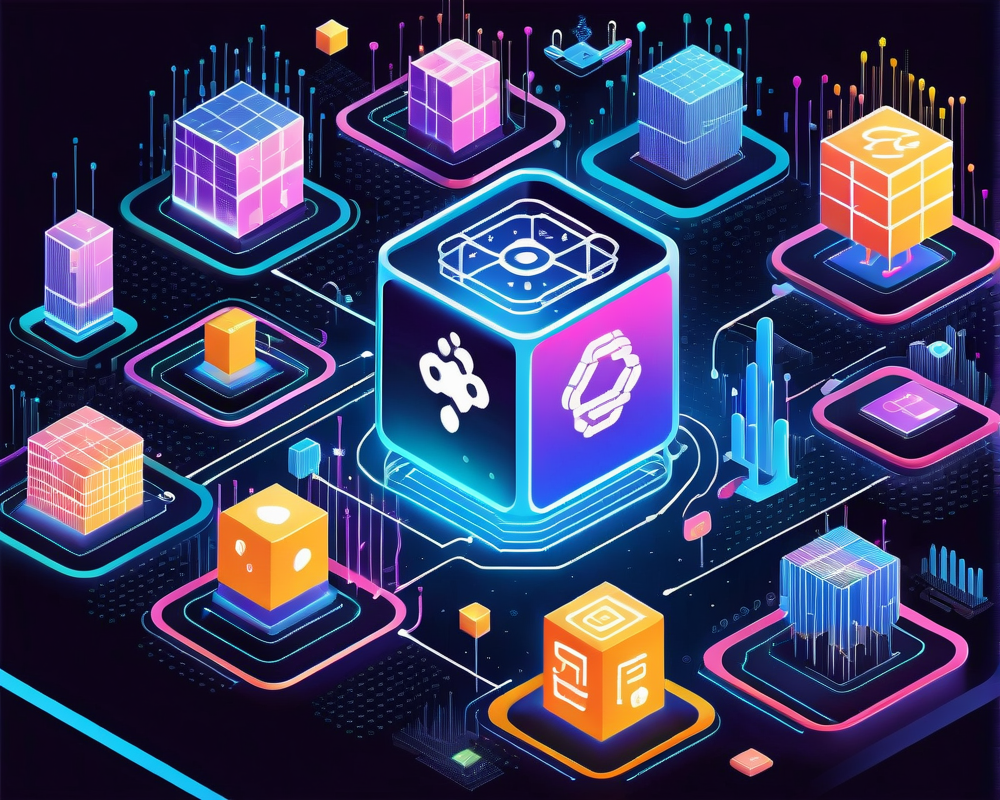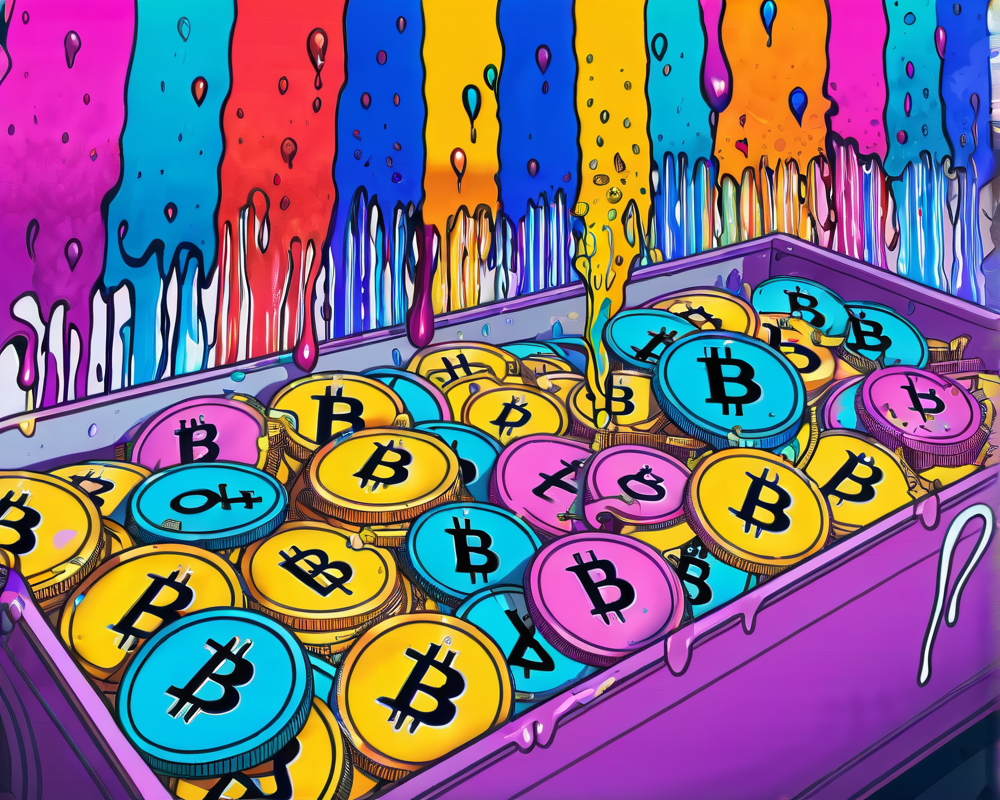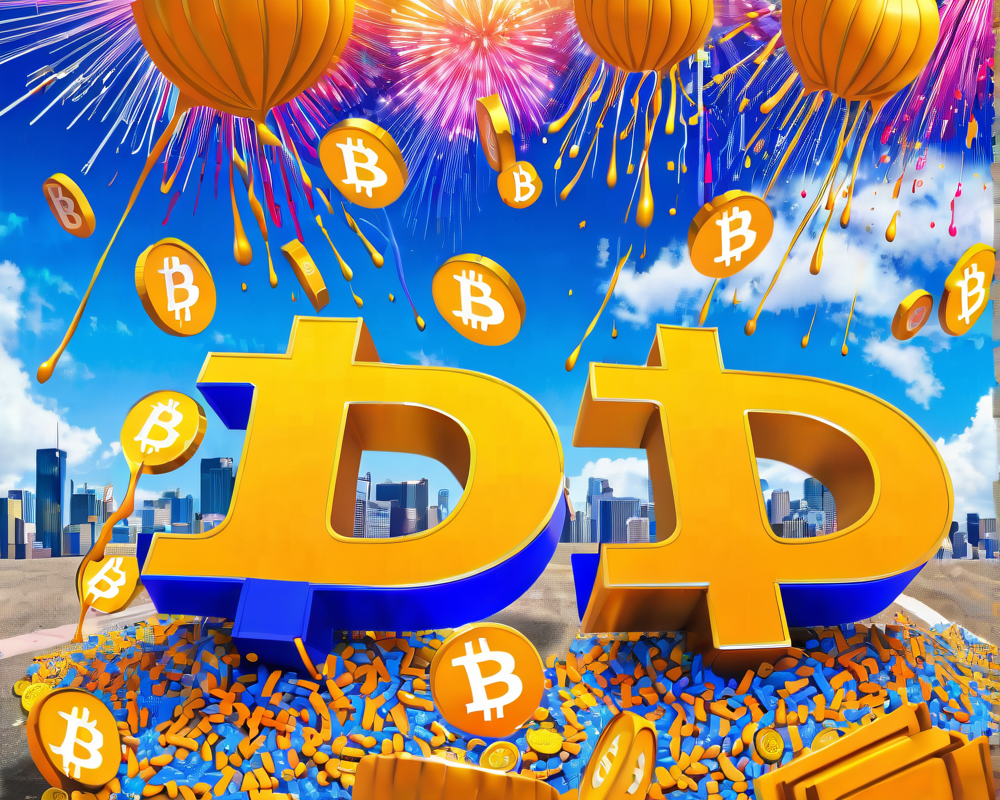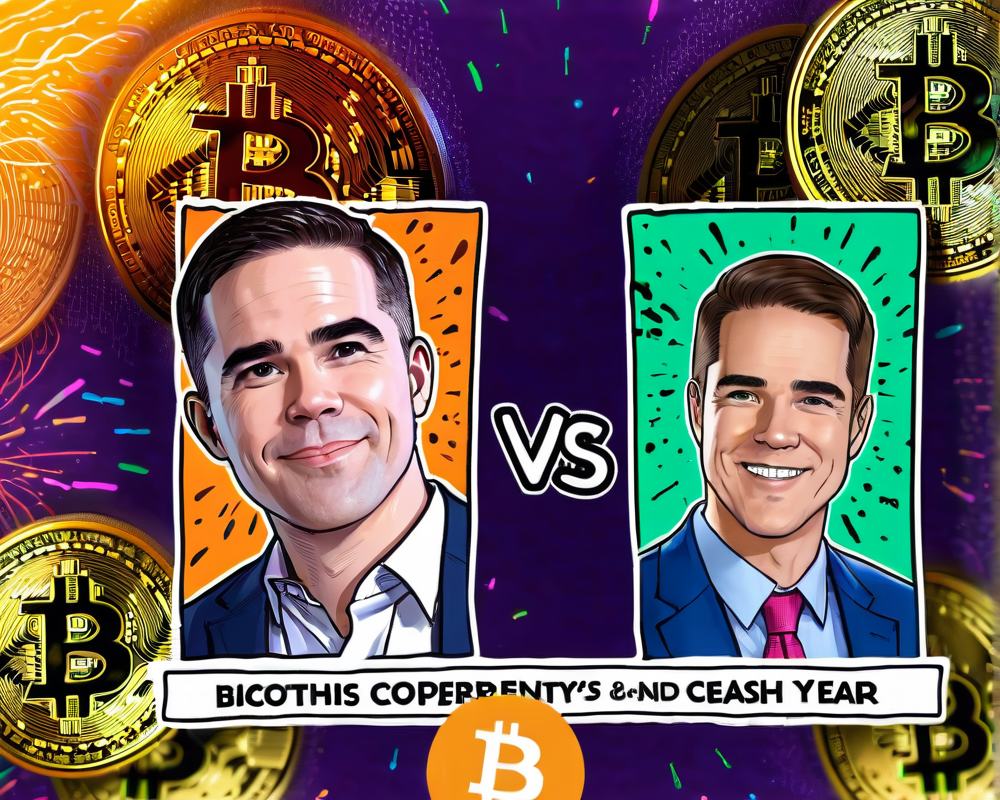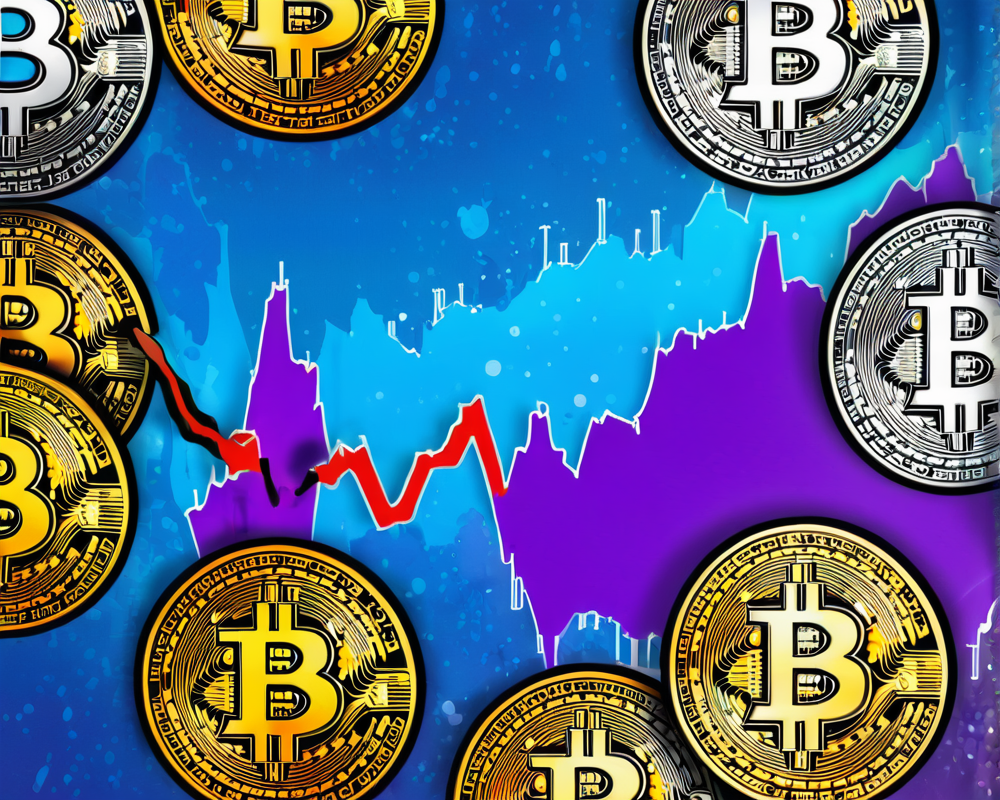The Meteoric Rise of AI Technologies
ChatGPT has taken the tech world by storm, reaching 100 million unique users in just two months! That’s faster than you can say “artificial intelligence” without tripping over your tongue. By January 2023, it racked up an astonishing 590 million visits. It seems like everyone wants to have a chat with their digital pals—and who can blame them?
Blockchain’s Growing Influence
On the other side of the tech spectrum, blockchain is also experiencing its own surge of popularity. Remember the Bitcoin white paper? Published in 2008, it kick-started an avalanche of decentralized protocols. It’s fair to say that since then, the tech landscape has seen some serious maturation. Though there’s still work to be done, the intersection of AI and blockchain promises to be a thrilling ride.
A Data Infrastructure on the Fringes
While AI steals the spotlight, it’s essential not to overlook the critical work behind the scenes to build robust data infrastructures. The frenzy for low-quality data can result in insights that are about as useful as a chocolate teapot. So, the big question is: how do we ensure we’re working with high-quality data? The answer lies in leveraging blockchain’s strengths to streamline the entire data value chain.
Why Decentralized Storage is Key
Decentralized data storage is not just a trend—it’s a crucial element in future-proofing AI. Imagine a world where every centralized point of failure could become your worst nightmare. By decentralizing storage, projects can dodge governance breakdowns and regulatory pitfalls like pros. Think of it as a tech team huddling to keep the quarterback safe at all costs!
- How it Works: Documents are encrypted, split, and stored across different servers. Only the document owner has the keys—literally! If a hacker breaches one node, they only get a piece of the puzzle.
- Current Players: Success stories include Filecoin, Arweave, and Sia—all trying to carve out a niche in this burgeoning landscape.
Sailing Smoothly with Data Transfers
Next up on the agenda is data transfer. A peak offshore party can get crowded, so let’s not stick to centralized APIs, which can throw a wrench in AI applications. Enter oracles—the Uber drivers of data whose primary job is to connect blockchains with real-world data. Unfortunately, they’re vulnerable and have been targets for hackers all too often.
Types of Oracles:
- Input Oracles: Bring off-chain data to smart contracts.
- Output Oracles: Take smart contract data off-chain.
- Cross-Chain Oracles: Facilitate data transfer between blockchains.
- Compute-Enabled Oracles: Use off-chain computation for decentralized services.
Unleashing Data Intelligence
At this stage, everything comes together nicely—data storage and transfer combine to form data intelligence. But let’s face it, if you’re still sourcing data from traditional APIs, you might as well be using a rotary phone. Smart contracts combined with AI provide platforms for trading and investments, delivering robo-advisory functionalities that are oh-so appealing to tech-savvy investors.
Crypto Examples:
- Bitcoin Loophole: This savvy application claims an 85% success rate in trading signals.
- Numerai: Aims to build the world’s last hedge fund using blockchain technology.
A Glimpse into the Future
With the rise of NFTs and metaverse technologies, intelligent NFTs are set to add an exciting layer of engagement. Users can have personal avatars that truly reflect their personality—no more awkward video game characters that resemble a potato!
As we witness these amazing developments between AI and blockchain, we’re at a pivotal moment. The growth of decentralized data projects and high-quality AI applications could very well be the cornerstone for future innovations. Buckle up, folks—the future looks thrilling!
